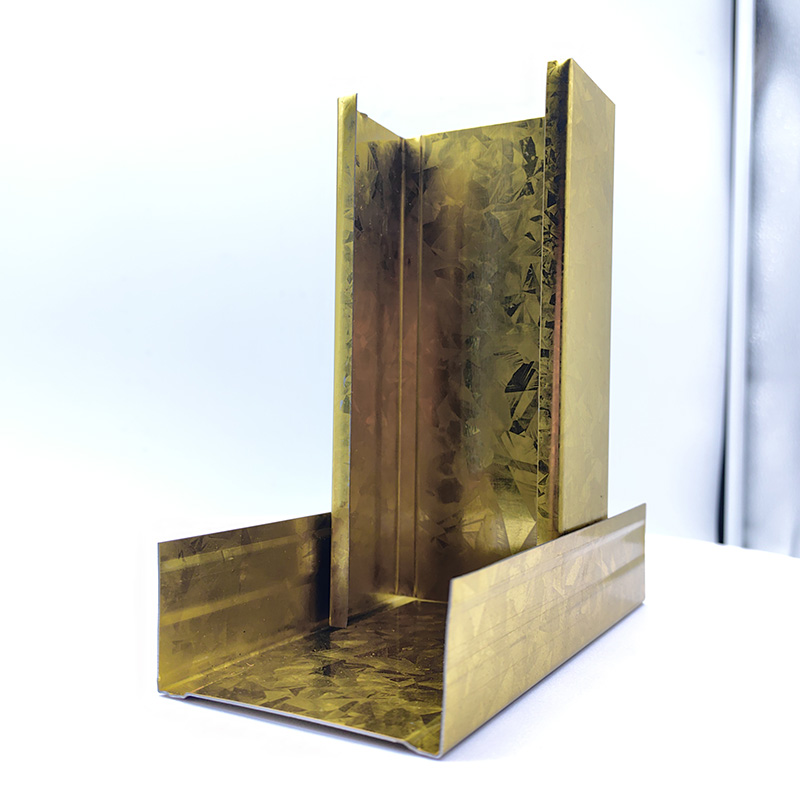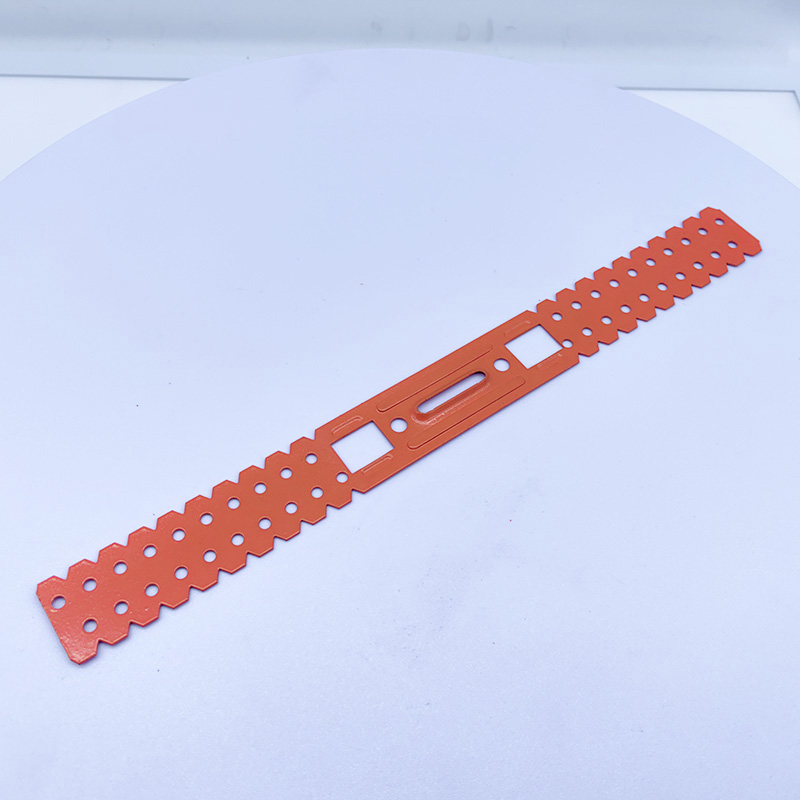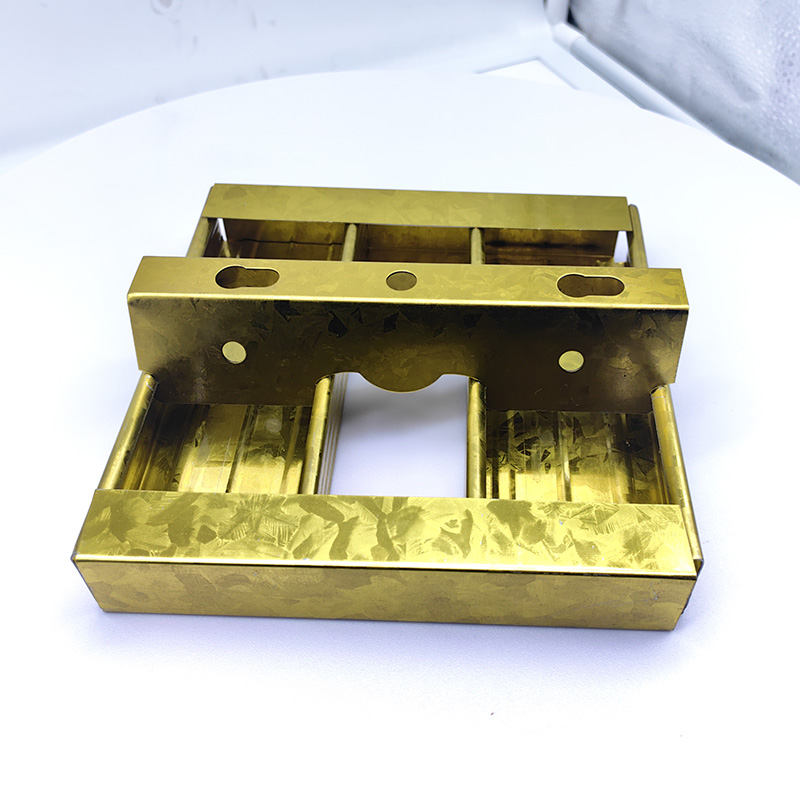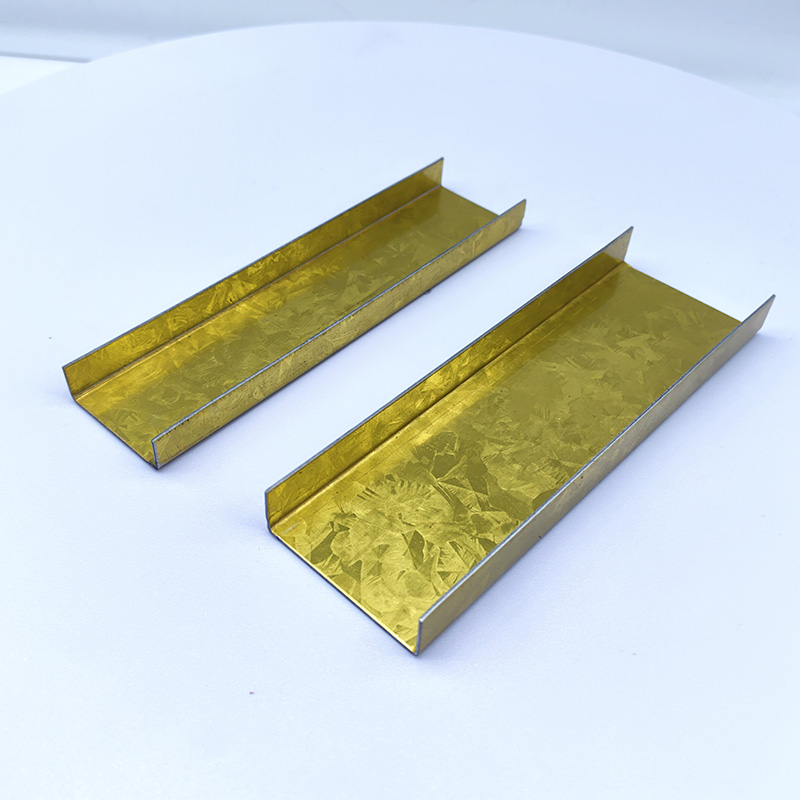Ceiling Channels: Enhancing Space Quality Through Functional Design and Precision Installation
2025-05-25 16:42:07
Ceiling channels, as a critical component of architectural ceiling systems, integrate both decorative and supportive functions, significantly influencing spatial aesthetics and structural stability. This article analyzes how ceiling channels serve as a powerful tool for elevating space quality, covering performance advantages, specification selection, and installation best practices.
1. Core Functions and Advantages of Ceiling Channels
1.1 Structural Support for Safety and Stability
Ceiling channels, typically made of metal, provide reliable support for ceiling panels, lighting fixtures, ventilation equipment, and more. Their robustness ensures the ceiling system remains deformation- and collapse-resistant over long-term use, safeguarding the safety of architectural spaces.
1.2 Aesthetic Enhancement for Decorative Appeal
By leveraging ceiling channels in diverse materials, shapes, and colors, a wide range of ceiling styles can be achieved. Sleek, linear channels suit modern minimalist designs, while carved or embellished channels add sophistication to traditional European or Chinese-style interiors.
1.3 Concealed Piping for Clean Spaces
In commercial and residential settings, ceiling channels discreetly hide electrical wiring, water pipes, and ventilation ducts, preventing visual clutter while facilitating future maintenance and ensuring a tidy, organized environment.
1.4 Functional Optimization for Versatile Needs
Combined with sound-absorbing or thermal-insulating materials, ceiling channels improve acoustic and thermal performance. Strategic channel layouts also support lighting design, enabling uniform light distribution and a comfortable ambiance.
2. Performance Comparison of Ceiling Channels
2.1 Load-Bearing Capacity Analysis
Load-bearing capabilities vary by material and specification. Metal channels excel in strength, making them ideal for heavy equipment, while plastic or wooden channels are better suited for lightweight decorative panels. Selection should align with actual load requirements.
2.2 Aesthetic Compatibility
Channel colors and textures should harmonize with the overall interior style. For industrial spaces, exposed metal-finish channels work well, whereas warm, light-toned channels matching wall colors are preferable for residential settings. Specialty shapes, such as curved or wavy channels, add unique artistic flair.
2.3 Durability and Maintenance
Metal channels resist corrosion and aging, ensuring longevity. Wooden channels require regular moisture-proofing and anti-corrosion treatments, while plastic channels, though lightweight, may suffer from aging or discoloration over time. Understanding material properties aids in proper maintenance and extends service life.
2.4 Environmental and Safety Considerations
Selecting eco-friendly ceiling channel materials reduces indoor pollution and safeguards occupant health. For high-traffic public areas, fire resistance is critical, with flame-retardant materials prioritized.
3. Specification Selection for Ceiling Channels
3.1 Length Specifications
Channel length depends on ceiling area and design. Longer channels reduce joint seams for larger ceilings, enhancing aesthetics, while shorter channels facilitate localized adjustments and repairs.
3.2 Width and Thickness Specifications
Width and thickness directly impact load-bearing capacity and stability. Wider, thicker channels support heavier equipment or large-area panels, whereas narrower, thinner channels suit lightweight decorative needs and cost-efficiency. Selection should consider load requirements, wall materials, and other factors.
4. Key Installation Guidelines for Ceiling Channels
4.1 Tool Preparation
Essential tools include tape measures, power drills, screwdrivers, and levels. Ensuring tools are complete and in good condition is fundamental to a smooth installation.
4.2 Step-by-Step Installation
Measurement and Layout: Use a tape measure and level to accurately mark channel positions and horizontal heights on the ceiling, ensuring precise reference lines.
Bracket Fixation: Drill holes and install expansion bolts or other fasteners at marked positions, securing brackets firmly to the ceiling.
Channel Installation: Connect ceiling channels to brackets using screws or clips, ensuring tight, stable connections. Use a level to check horizontal and vertical alignment during installation.
Panel Installation: After channel installation, embed ceiling panels into channels, ensuring tight adhesion without warping or gaps.
4.3 Installation Precautions
Avoid damaging walls and other finishes during installation. Prioritize personal safety, especially for elevated work, by using protective gear. Follow material-specific installation norms (e.g., rust-proofing metal channels, fireproofing/moisture-proofing wooden channels).
5. Purchase Summary and Recommendations
Ceiling channels play a vital role in spatial decoration and structural support. When purchasing, consider:
Performance Prioritization: Focus on load-bearing, durability, and eco-friendliness based on actual needs.
Style Compatibility: Choose materials, colors, and shapes that match the overall interior design.
Appropriate Specifications: Accurately measure space dimensions to select suitable lengths, widths, and thicknesses.
Quality Assurance: Opt for reliable, well-reviewed products to ensure installation and performance excellence.
By adopting scientific selection and standardized installation practices, ceiling channels become a practical tool for elevating space quality.
Keywords: Ceiling channels, performance advantages, specification selection, installation guidelines, space quality enhancement
SEO Optimization: Emphasizes technical keywords and structured formatting to improve search visibility while maintaining clarity for construction professionals and homeowners.

A Double Anti-Rust Gold Partition Wall Stud is a type of steel stud commonly used in the co...

A CD UD Profile Furring Clip U Clamp is a type of metal fastening component used in the ins...

A 60mm Ceiling Grid refers to a type of suspended ceiling system, commonly used in commerci...

38mm Main Tee and 50mm Main Tee refer to the widths of the main tee profiles used in suspen...

